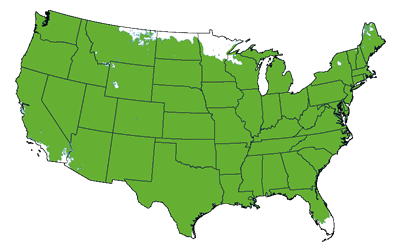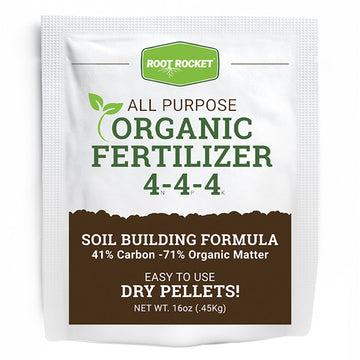Blue Point Juniper
Product Details
 Growing Zones 4-9
Growing Zones 4-9
| Soil Type | Adaptable, Well Drained |
| Sunlight | Full, Partial |
| Drought Tolerance | Good |
| Mature Height | 10-15 Feet |
| Mature Width | 6-10 Feet |
| Fall Color | Blue |
| Shipping Restriction | AK, AZ, CA, HI |
Looking for something taller and blue? Look no further with the Blue Point Juniper.
Enjoy this juniper's blue-green foliage year-round. It will reach heights of up to 12 feet tall and get can get as wide as 6-8 feet. But don't worry, it will maintain its pyramid form and does not require any pruning. However, if you prefer, you can keep it a certain height and width by keeping it pruned throughout the year.
The Blue Point Juniper is deer resistant, drought-tolerant, and an easy Dwarf Tree to grow.
Where Should I Plant A Blue Point Juniper?
Plant this adaptable juniper in a spot with well drained soil that gets full sun to part shade exposure in grow zones 4-9.
Why Is My Juniper Turning Brown?
Browning could be caused by diseases including root rot and insect infestations.
How Fast Does This Juniper Grow?
You can expect a growth rate of 6-12" per year to a mature height of 10-15 feet. Space 6-8 feet apart to accomodate a 6-8 foot spread.
Be sure to choose the best location for your Blue Point Juniper. As long as you avoid extreme temperatures you can plant your Juniper almost any time of the year.
Junipers thrive in full sun to part sun and adapt to any soil that is well drained. They do like a neutral to acidic soil so if you know you have an alkaline soil choose an acidic fertilizer (most fertilizers for evergreens are acidic). Junipers are great "street shrubs" as they tolerate pollution and salt well. After planting, adding a layer of 2 to 3 inches of mulch will help keep the soil moist. Do not allow the mulch to touch the trunk as this increases the chances of pests and disease. Water your Juniper deeply a couple times a week for the first month or two. After your plants are established, they only need watered during hot, dry spells. Junipers are drought tolerant after establishing and even moreso after being in the ground about two years. Fertilize when planting and in early spring yearly with a slow release fertilizer. When planting be sure to mix the fertilizer into the ground soil well before placing your new plant in the hole to prevent fertilizer burn.
Junipers are extremely hardy and versatile. When properly cared for, they rarely have issues with pests and disease. Mites and scale are insects that can occasionally affect Junipers. These can be treated with horticultural oil. For severe infections the pesticide Bonide is recommended. Avoid saturated soils to prevent fungal issues in Junipers.
This evergreen can be used in a variety of areas throughout the yard. It's great for on each side of a window to soften up the appearance of your house and add height to your landscape. Plant a Blue Point Juniper on each side of a main window and then add some smaller dwarf variety shrubs under the window to enhance its color. Pigmy Barberry and Loropetalum are both great choices for red.
This juniper makes a great privacy hedge or wind barrier. Plant each Juniper about 6-8 feet apart for a privacy. Add some Flowering Cherry trees in the front and you'll have a super colorful privacy screen.
Are you looking to get creative? It's a great Juniper for making topiaries! Plant in a container on your patio for a Zen look.

















